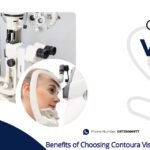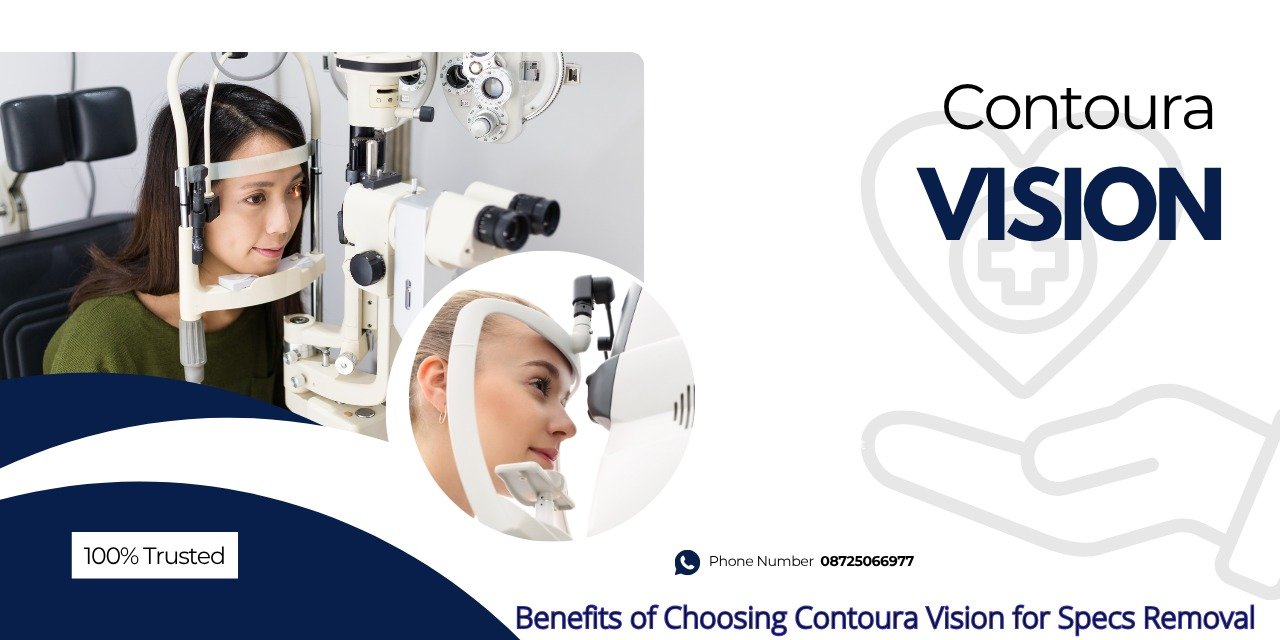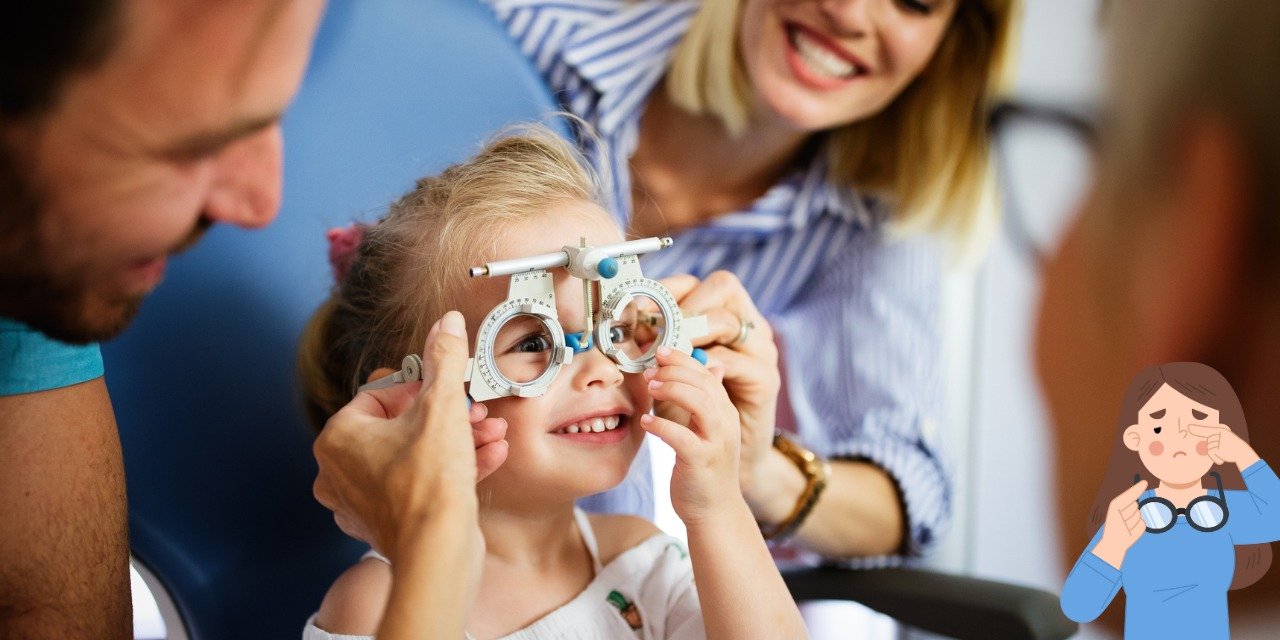Squint eye, medically known as strabismus, is a condition where the eyes do not align properly. For instance, one eye may turn inwards, outwards, upwards, or downwards, while the other eye looks straight ahead. Consequently, this misalignment can occur occasionally or be constant, and it can affect either one or both eyes. Therefore, understanding the causes, symptoms, and diagnosis of squint eye is crucial for early intervention and effective treatment. Moreover, recognizing these factors helps ensure timely care, which can significantly improve outcomes and overall visual function. Additionally, proper management can prevent further complications and enhance the quality of life.
Causes of Squint Eye
The exact cause of squint eye varies; however, it generally results from issues with the muscles that control eye movement. Specifically, problems can arise with the nerves transmitting information to these muscles, or with the brain regions that direct their actions. Consequently, any disruption in these systems can lead to misalignment of the eyes. Furthermore, a comprehensive understanding of these underlying factors is essential for diagnosing and treating squint eye effectively. Moreover, addressing these factors promptly can improve treatment outcomes and overall visual function. Therefore, thorough evaluation and targeted interventions are crucial for managing this condition. Common causes include:
- Genetic Factors: Family history of squint eye or other eye conditions can increase the risk.
- Refractive Errors: Significant uncorrected farsightedness (hyperopia) can cause the eyes to turn inwards.
- Eye Muscle Problems: Imbalance in the muscles that move the eyes can lead to misalignment.
- Neurological Conditions: Disorders affecting the brain or nerves can impact eye coordination.
- Medical Conditions:Conditions such as Down syndrome and cerebral palsy are frequently associated with squint eyes.
- Injury or Trauma: Physical injuries affecting the eyes or brain can lead to strabismus.
Symptoms of Squint Eye
The symptoms of squint eye can vary depending on the severity and type of strabismus. Common symptoms include:
- Misaligned Eyes: The most noticeable symptom is eyes that appear to be looking in different directions.
- Double Vision: This can occur when the brain receives conflicting visual information from each eye.
- Poor Depth Perception: Difficulty judging distances due to misaligned vision.
- Eye Strain: Discomfort and fatigue in the eyes, especially during activities requiring focused vision.
- Head Tilting or Turning: To compensate for the misalignment and improve vision, individuals may tilt or turn their head.
- Squinting or Closing One Eye: Particularly in bright sunlight, to avoid double vision.
Diagnosis of Squint Eye
Early diagnosis of squint eye is essential for effective treatment and to prevent complications like amblyopia (lazy eye). Diagnosis typically involves:
➤ Eye Examination: Comprehensive eye exams by an ophthalmologist to assess vision and alignment.
➤ History Taking: Detailed medical history to identify any underlying conditions or genetic factors.
➤ Cover Test: The patient is asked to focus on an object while one eye is covered; the test is then repeated with the other eye covered to detect misalignment.
➤ Prism Test: Prisms of different strengths are used to measure the degree of strabismus.
➤ Retinal Exam: Examination of the retina to rule out other potential eye issues.
➤ Neurological Examination: In cases where neurological causes are suspected, additional neurological tests may be performed.
Treatment Options
Treatment for squint eye depends on the underlying cause and severity of the condition. Common treatment options include:
➨ Eyeglasses or Contact Lenses: Correcting refractive errors can help align the eyes.
➨ Prism Lenses: Special lenses that can help reduce double vision.
➨ Eye Patches: Covering the stronger eye to encourage the use of the weaker eye.
➨ Orthoptic Exercises: Exercises to improve eye coordination and strengthen eye muscles.
➨ Medications: In some cases, medications can help improve muscle function.
➨ Surgery: Surgical intervention to correct the muscle imbalance causing the misalignment.
Frequently Asked Questions (FAQs)
Can squint eye be corrected without surgery?
Yes, non-surgical treatments such as eyeglasses, prism lenses, and orthoptic exercises can often correct squint eye, particularly if diagnosed early. For instance, eyeglasses may help by addressing refractive errors that contribute to the misalignment.
Is squint eye hereditary?
There can be a genetic component to squint eye, making it more common in families with a history of the condition.
What age should a child be checked for squint eye?
Children should have their first comprehensive eye exam by the age of six months, especially if there is a family history of eye conditions.
Can adults develop squint eye?
Yes, adults can develop squint eye due to factors like trauma, neurological conditions, or refractive errors.
What are the risks of untreated squint eye?
Untreated squint eye can lead to complications like amblyopia (lazy eye), double vision, and reduced depth perception.
Conclusion
Understanding the causes, symptoms, and diagnosis of squint eye is vital for effective treatment. Early intervention can prevent complications and improve the quality of life. For those seeking Squint Eye treatment in Ambala, Dr. PC Sharma Eye Hospital Ambala offers comprehensive care and advanced treatment options. Our experienced Squint Eye doctor in Ambala ensures personalized treatment plans tailored to each patient’s needs.
For more information, visit our website at dr pc sharmaeyehospital.com. By staying informed and seeking prompt medical attention, individuals with squint eye can achieve better eye health and improved vision. For more details please contact us on :+91- 9896081381













